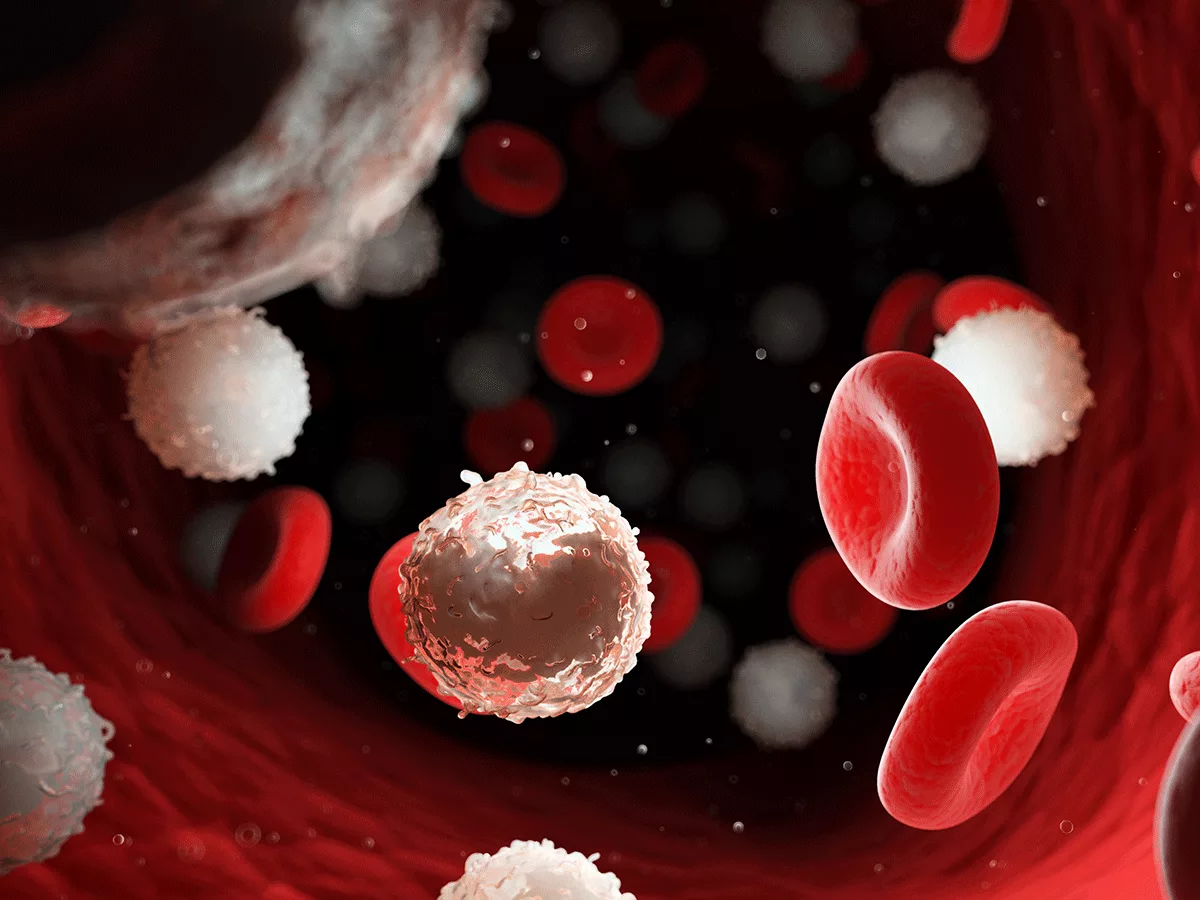Cancer cells rewire their metabolism and energy production networks dynamically as they migrate from one tissue compartment to another, enabling them to rapidly proliferate and grow in harsh environments. One such nutrient-sparse environment is the cerebrospinal fluid (CSF)-filled leptomeninges that form the lining between the brain and spinal cord.
Several research groups are trying to understand the various mechanisms employed by metastatic cancer cells to survive in this hostile environment.
A multi-institutional team of researchers led by Shai Izraeli from Tel Aviv University, Christina Halsey from University of Glasgow, and Eyal Gottleib at Technion-Israel Institute of Technology Center has discovered that acute lymphoblastic leukemia (ALL) cells metabolically adapt to the CSF-filled CNS microenvironment upon migration from the bone marrow with alterations in fatty acid synthetic pathways.
In a paper published in the September 28, 2020, issue of Nature Cancer, the researchers have discovered that the fatty acid synthesis enzyme stearoyl Co-A desaturase (SCD) has a role in homing and survival of leukemic cells in the CNS suggesting that this pathway may be targeted for specific therapy of this devastating disease.
Izraeli, a professor at the Technion Integrated Cancer Center, told BioWorld Science that "immense progress has been made in the treatment of ALL, which is primarily a childhood cancer. However, current CNS-directed therapies in ALL are associated with considerable neurotoxicity that can cause long-term deficits in neurocognitive function. Our lack of understanding of the molecular aspects of CNS leukemia has been a roadblock in the development of less toxic, targeted therapeutic approaches."
Previous work by the collaborators has shown that ALL cells easily infiltrate the CNS and stay confined in the leptomeninges. In the present study, Izraeli and his colleagues transplanted immunodeficient mice with xenografts of human ALL cell lines. They then performed a microarray profile of cells isolated from CNS and bone marrow of transplanted mice.
CNS-derived ALL cells displayed a lipid- and lipoprotein-based metabolic transcriptional signature with alterations in fatty acid synthetic pathways. The group identified the stearyl CoA desaturase gene (SCD) as a consistently upregulated target in several datasets.
SCD is involved in the synthesis of fatty acids, and researchers postulated that the tumor cells in the fatty acid-deprived CSF environment use synthetic pathways to generate fatty acids that are essential for their continued growth.
Izraeli added that "to test [this] hypothesis further, we overexpressed SCD in the leukemic cells and what was surprising was the fact that mice transplanted with SCD-high cells demonstrated significantly increased disease burden in the CNS but not in the bone marrow or spleen. Though previous studies have indicated a correlation between SCD upregulation and higher grades of cancer, our work demonstrates a direct functional role for SCD in the CNS microenvironment."
The researchers also found that low levels of SCD in the leukemic cells in the bone marrow precluded the cells from migrating to the CNS. Izraeli's team also reasoned that inhibition of SCD might impair growth of ALL cells in the CSF, which was validated using a systems biology approach to predict selective drug targets.
To further confirm the dependency on SCD under lipid-deprived conditions, a human ALL cell line 018z with high CNS affinity was cultured in lipid-rich or lipid-deprived conditions in the presence of the SCD inhibitor SW-203668. In the lipid-deficient medium, the SCD inhibitor had a significant effect on the growth of the transformed cells. These effects were mitigated in SCD-overexpressing cells.
In vivo studies with patient-derived xenograft models of ALL in mice also showed that animals treated with SCD inhibitor showed a consistent reduction in CNS tumor load.
"The fact that SCD inhibitors are used in treatment of fatty liver and have shown good tolerability gives us hope that they can be used in children with ALL. This will allow us to reduce the amount of chemotherapy used," said Izraeli.
The findings could help identify cancer cell subpopulations with high SCD expression in children suffering from leukemia during their diagnostic workup, and thus help titrate their chemotherapy doses. Izraeli also hopes to design studies for clinical translation of these findings for therapeutic management of CNS leukemia in children. But, most importantly, Izraeli said that, "our work proves that cancer cells can adjust metabolically without additional mutations to adapt to harsh environments. This means that the original biopsy that reveals the genetic makeup of the tumor and, thus, informs therapeutic decisions is not enough." (Savino, A.M. et al. Nat Canc 2020, Advanced publication).

